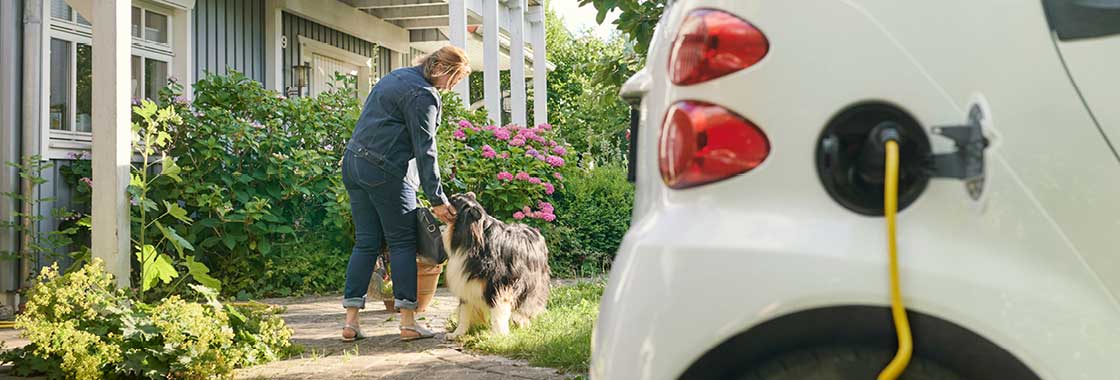Thermal runaway is when a damaged battery results in a rapid increase of battery cell temperature and pressure, which can in turn catch fire when accompanied by the release of flammable gas. This process known as ‘thermal runaway’ happens in the individual battery cells that make up an EV’s battery pack.
Batteries in an EV can become unstable when the battery cells have sustained damage. The damage can be caused by being hit by an object, for example when involved in a traffic accident, making the chemicals inside the battery cell volatile.
According to Emma Sutcliffe, the Project Director of EV Firesafe, thermal runaway in EVs can occur when:
- A battery cell is physically damaged.
- The battery cell is of poor quality.
- The battery management system is poor quality.
- The battery’s been submerged in water, particularly salt water.
In general, the thermal runaway process in a battery cell looks like this:
- A cell in a battery is damaged.
- The battery cell short circuits.
- The battery cell starts heating up causing pressure to rise.
- The internal battery cell temperature rises above 170°C.
- The battery cell bursts and catches fire.
After the initial cell within the battery bursts from the increase in pressure, other nearby cells start heating up. These cells in turn burst and heat up neighbouring cells, and so the thermal runaway process occurs.
